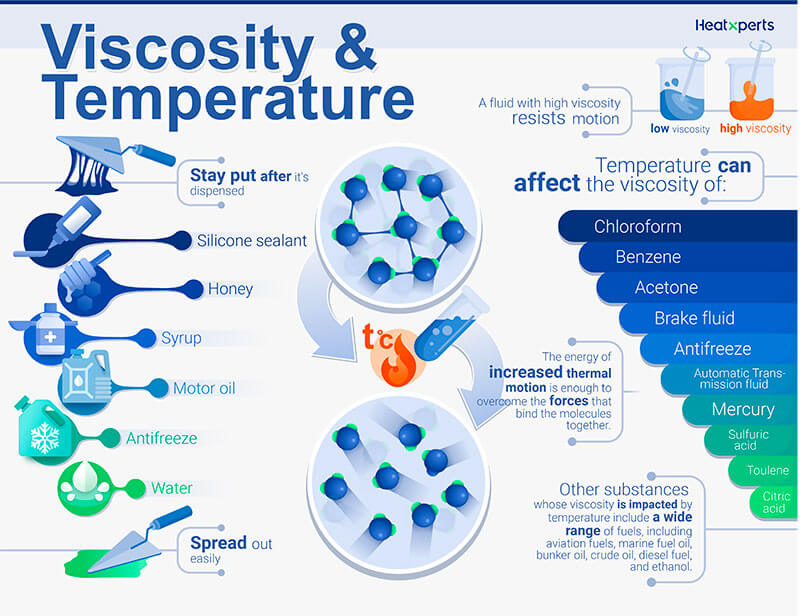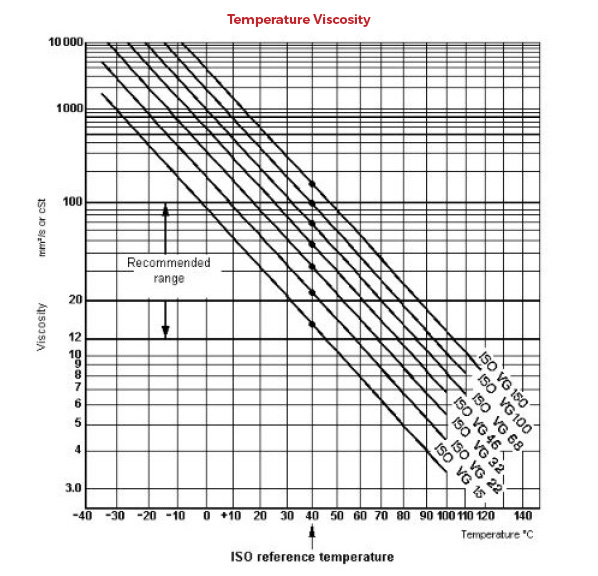

It wouldn’t make much sense to rate engine oil flow at room temperature - after all, it gets really, really hot inside your engine, and that’s where it’s crucial that oil flows as efficiently as possible for a given engine’s design requirements. Sometimes, viscosity is also referred to as an oil’s “weight,” with a heavier oil featuring a higher viscosity grade. It’s logical to assume that a low viscosity oil is thinner than a high viscosity oil. High viscosity oils flow more slowly and come with a higher SAE number. The quicker an oil flows, the lower its viscosity and the grade assigned to it by the Society of Automotive Engineers (SAE). In the simplest terms, viscosity refers to how well a lubricant flows at a given temperature. In fact, you should ALWAYS follow the vehicle owner’s manual to determine the correct viscosity grade, engine oil specification, and oil drain interval. To make it simple, just pick up the oil type that’s recommended in your owner’s manual. Decreases in viscosity could indicate fuel dilution, sheer down of the VI, thermal cracking, over extended oil drain periods and again the addition of a wrong oil type.Oil viscosity can feel a bit like math class when you’re standing inside your local auto parts store staring down row after row of oil bottles plastered with algebraic numbers and letters. What causes viscosity to increase or decrease increases may be caused but not limited to oxidation, polymerisation, carbon build-up (Soot), contaminants, anti-freeze, water ingress and/ or the addition of a wrong oil type. Lower limits are usually set around 5 or 10% decrease for Caution and 10 or 20% decrease for Problem. Viscosity generally have standard limit set for increases and decreases: Upper limits are usually set at a 10% increase for Caution and a 20% increase for Problem or Critical. This identifies whether or not the oil still has the capabilities of providing adequate lubrication to the internal components. It is plotting against the used oils viscosity to identify any increase or reduction in the used oil. New oils (Virgin Oil) is tested at both 40˚C and 100˚C to establish the viscosity grade and later used as base line data against the used oil. It identifies the condition of the oil or the ability the oil has to lubricate internal components, separate contact and reduce friction. Viscosity is an important indicator in your condition monitoring program. Kinematic Viscosity is reported in Centistokes (cSt) at temperatures 40˚C and 100˚C. This is done by measuring the time for a volume of liquid to flow under gravity through a calibrated glass capillary viscometer at a set temperature, usually either 40˚C or 100˚C. Testing of Viscosity is most commonly analysed via ASTM D445, known as the Standard Test Method for Kinematic Viscosity of Transparent and Opaque Liquids. Oils can be rated or group by their VI values. Oil's that have high VI are more resistant to viscosity change and are more effective over a wide temperature range. The higher the VI the less it will thicken when cold, and the less it will thin out when heated. Viscosity Index (VI) is a measurement of oil's viscosity change due to temperature. The graph illustrates what impacts temperature can have on viscosity. Inversely as the temperature decreases, the lubricant thickens and viscosity increases, making it more difficult to pour or pump. When temperature increases, the lubricant becomes thinner and the viscosity becomes lower.

Viscosity changes based on load and temperature. When oil is heated its viscosity is reduced, this reduces its load carrying capacity. Lubricants are able to do this by forming a physical barrier between moving parts. They reduce friction, surface fatigue, heat, noise and vibrations. Lubricants are typically used to separate moving parts in a system. High Viscosity oils have molecules with greater cohesion ability (Higher resistance to flow) were as low viscosity oils have lower cohesion ability (Low resistance to flow) allowing faster flow rates to occur.

Viscosity is defined as being equal to shear stress/ shear rate. Viscosity is a measurement of the internal cohesiveness of an oil, better known as its resistance to flow. An important quality of a lubricant is its Viscosity.


 0 kommentar(er)
0 kommentar(er)
